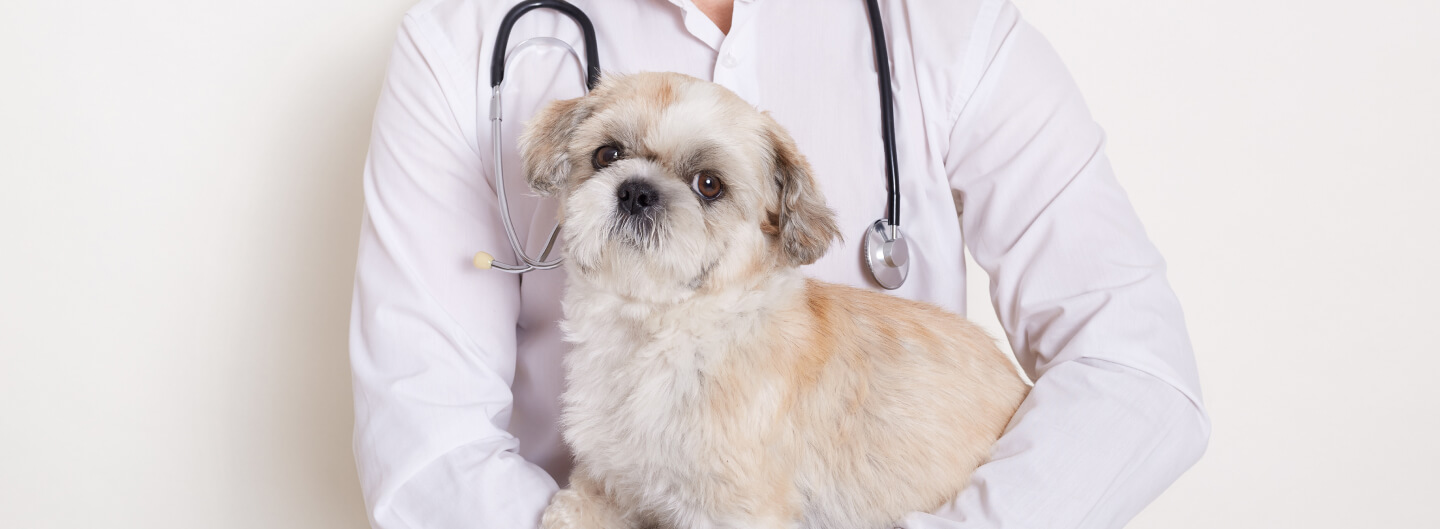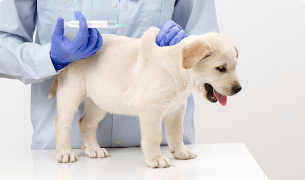
Preliminary inspection
Animals in health-care facilities traditionally have been limited to laboratories and research areas. However, their presence in patient-care areas is now more frequent, both in acute-care and long-term care settings, prompting consideration for the potential transmission of zoonotic pathogens from animals to humans in these settings
Although dogs and cats may be commonly encountered in health-care settings, other animals (e.g., fish, birds, non-human primates, rabbits, rodents, and reptiles) also can be present as research, resident, or service animals. These animals can serve as sources of zoonotic pathogens that could potentially infect patients and health-care workers
Animals potentially can serve as reservoirs for antibiotic-resistant microorganisms, which can be introduced to the health-care setting while the animal is present.
The risk of acquiring a zoonotic infection from research animals has decreased in recent years because many small laboratory animals (e.g., mice, rats, and rabbits) come from quality stock and have defined microbiologic profiles.
Health-care facilities, however, are increasingly faced with requests from the veterinary medical community for access to human health-care facilities for reasons that are largely economical (e.g., costs of acquiring sophisticated diagnostic technology and complex medical instruments).
Still have questions?
Write to us


